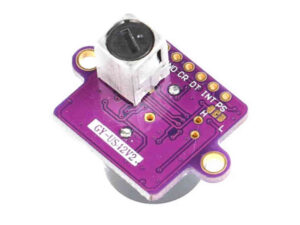ESP WiFi relay project – preview previewed a WiFi controllable relay board using commonly available low cost hardware from sources like eBay and Aliexpress.
The stimulus for the project is a remotely WiFi controllable relay for reset function in a remote controlled ham station, basically to recover operation of some system element by bouncing the power.
The information presented here applies to development v0.2.
Features:
- support typical multi channel relay boards;
- ESP8266 and ESP32 firmware versions;
- WiFi credentials programmable via a captive web interface;
- DHCP or static IP;
- mDNS responder;
- flexible configuration stored as json file in on-board LittleFS file system;
- optional authentication to secure remote access.
Above is a ESP12F_Relay_30A X2_V1.1 relay board (~$20 inc shipping) deployed for field testing. This board has a switched mode power supply on board and will run on 7-28VDC. In this application, the AC circuit is wired through the NC contacts, and the relays are operated to break the power. Normal operation is with the relays released, and current consumption @ 13.8V is 30mA. Continue reading ESP WiFi relay project – update #1








